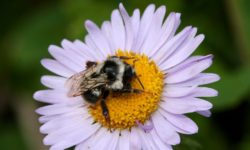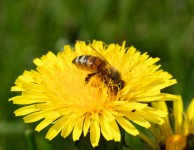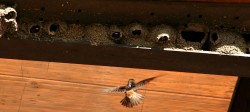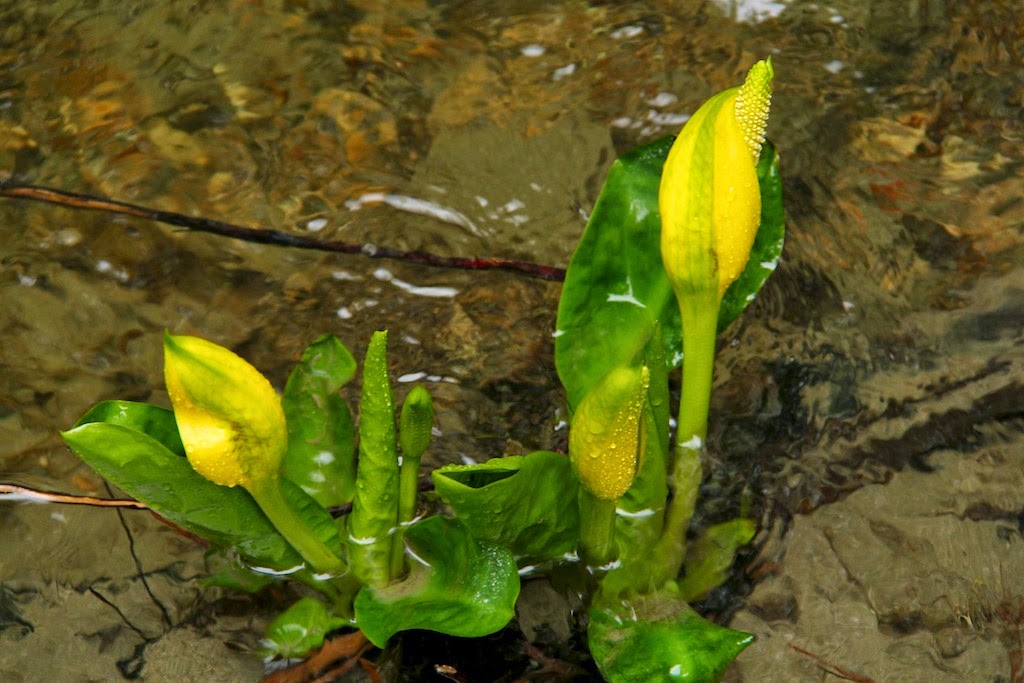Of all the flowering plants in the world, three-fourths depend on animal pollinators. Bees may be the first to come to mind for pollinators but there are many more: butterflies, moths, birds, bats, beetles, ants, flies, wasps and other insects.
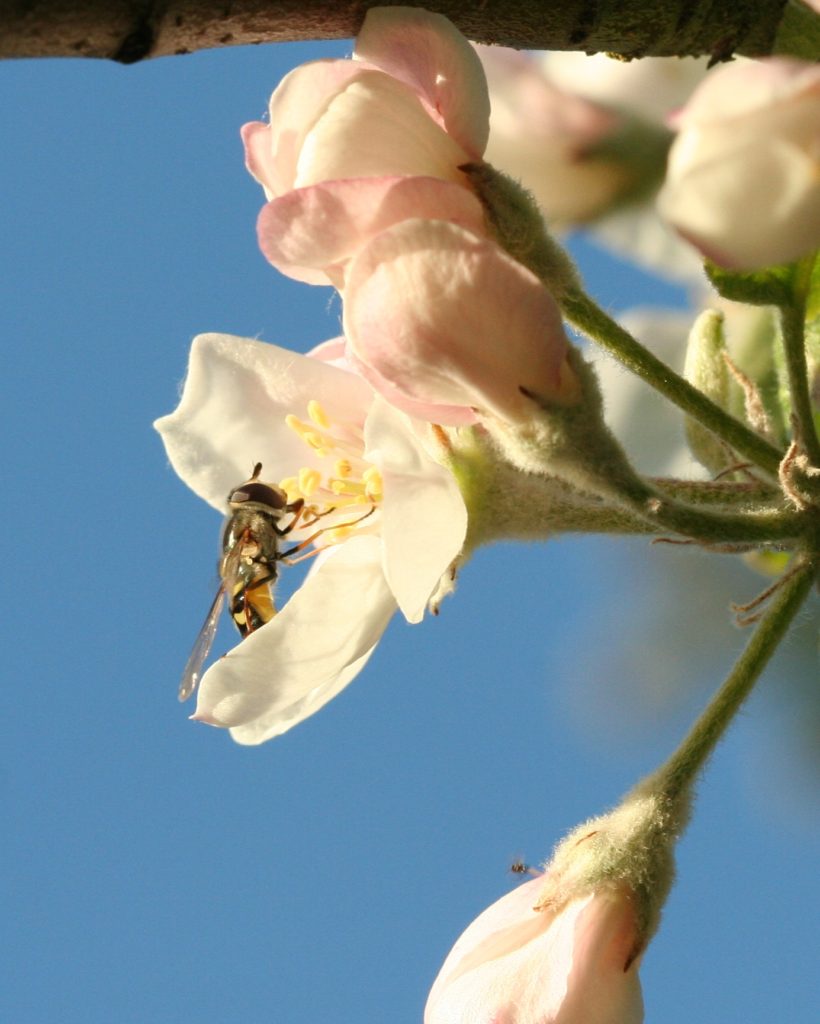
When these animal pollinators visit a flower they are searching for nectar and pollen to eat. Unknowingly, they may brush against the flower’s anthers and pollen will stick to its body. At the same time, the pollen already on the bee rubs onto the stigma and is deposited. Therefore, animal pollinators transfer pollen from plant to plant and help with pollination.
Each pollinator prefers certain flowers based on petal shape, scent and color. Hummingbirds are attracted to red, orange and yellow tubular flowers. Ants prefer small flowers that are low growing and close to the stem. Butterflies look for brightly colored flowers with a narrow tube and spur or a wide landing pad.
Bees visit brightly colored flowers (other than red since they cannot see red). They can detect ultraviolet light and many flowers they pollinate have a low ultraviolet reflectance we can’t see, making it easier for bees to find the flowers.
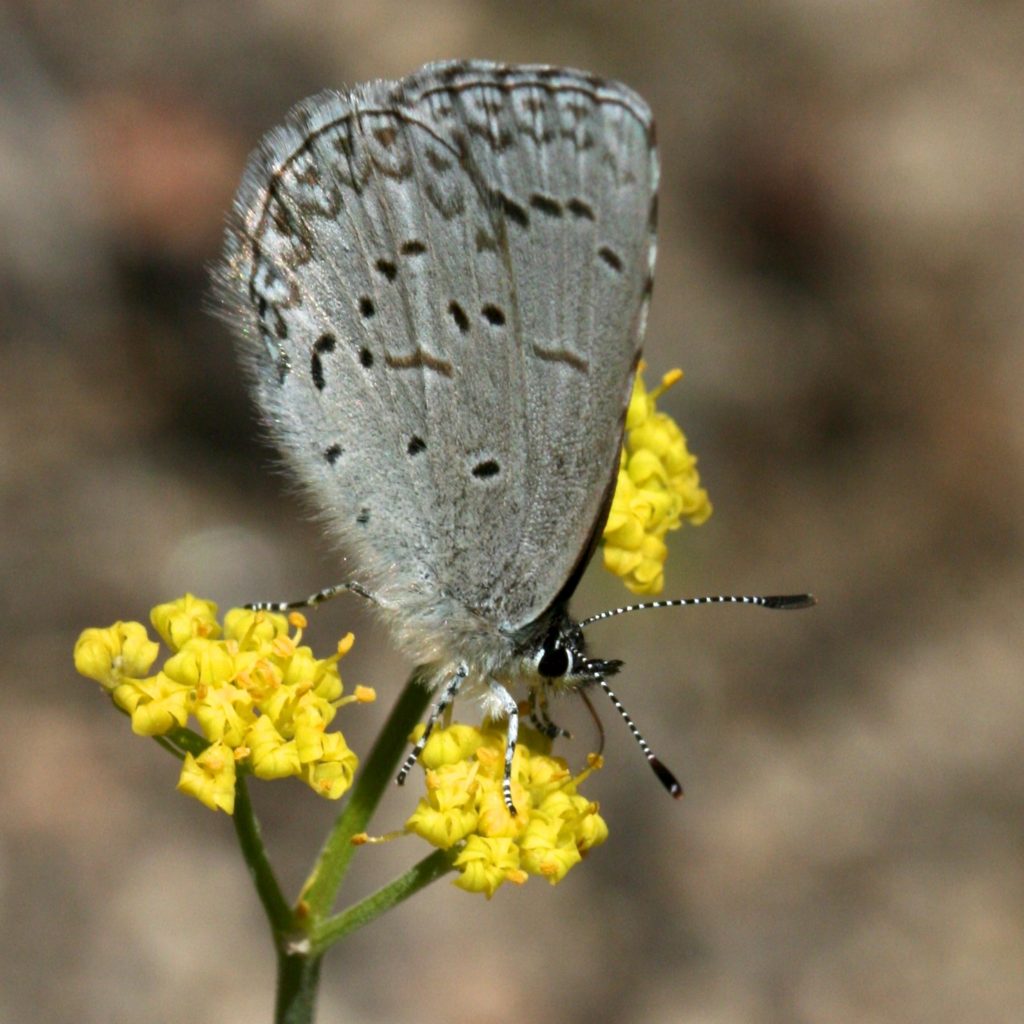
By plants attracting a certain type of pollinator, they increase the odds of their pollen being carried to another flower of the same type. Many plants need cross-pollination which means they need pollen from another flower on a different plant to be fertilized. For example, many apple trees need pollen from a different species of apple in order to become fertilized. Other plants are self-pollinating and can be fertilized from pollen on the same plant.
Pollen can be light and dispersed by the wind or pollen can be sticky and protein rich to attract pollinators. Pollen contains protein, fat, vitamins and minerals. Bees collect pollen to feed to immature bees back at the hive.
Bees also collect nectar to eat for energy and to make into honey. Nectar is a sugary liquid with protein, salt, acids and essential oils. The nectar is produced in plant glands called nectaries and the sugar content can range from three to 80 percent. Honey bees prefer nectar with a sugar content higher than 15 percent.
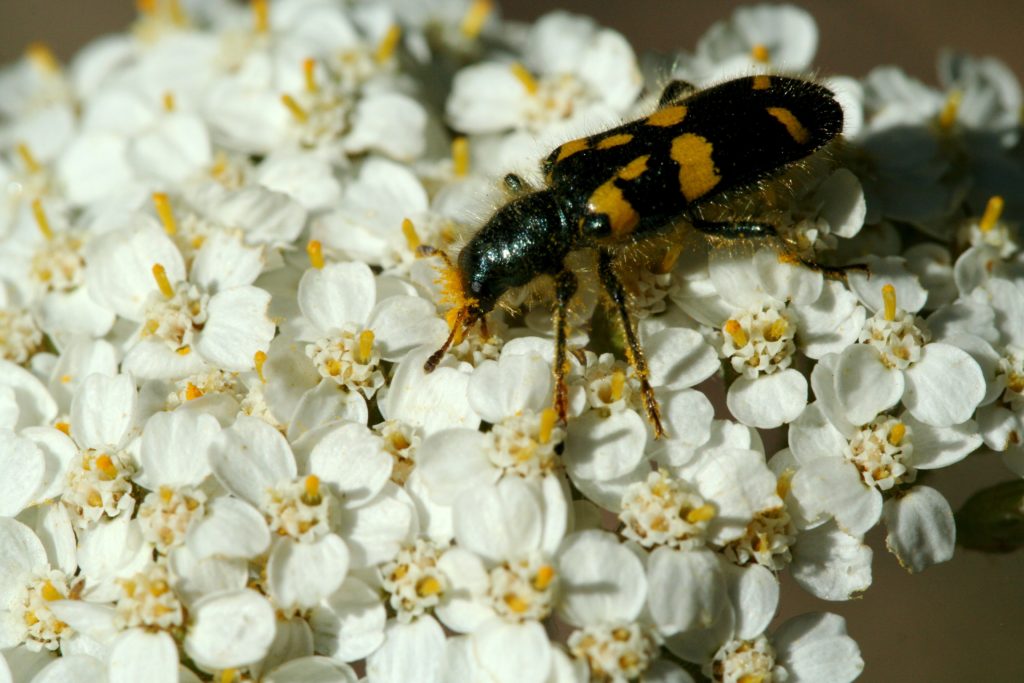
Only animal pollinated plants produce nectar and not all of those flowers have nectar. Some flowers like sunflowers are bred to be without pollen and nectar.
The extra energy required by plants to produce nectar to attract pollinators helps increase the odds the plant will become fertilized. By seeking food themselves, pollinators unknowingly help pollinate over three-quarters of the plants that produce food for us. Everything from apples to the alfalfa that cows eats to zucchini all require animal pollinators.

